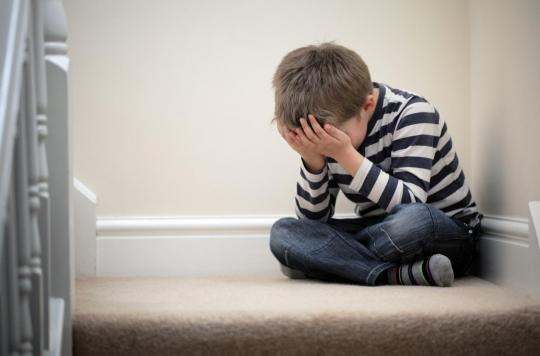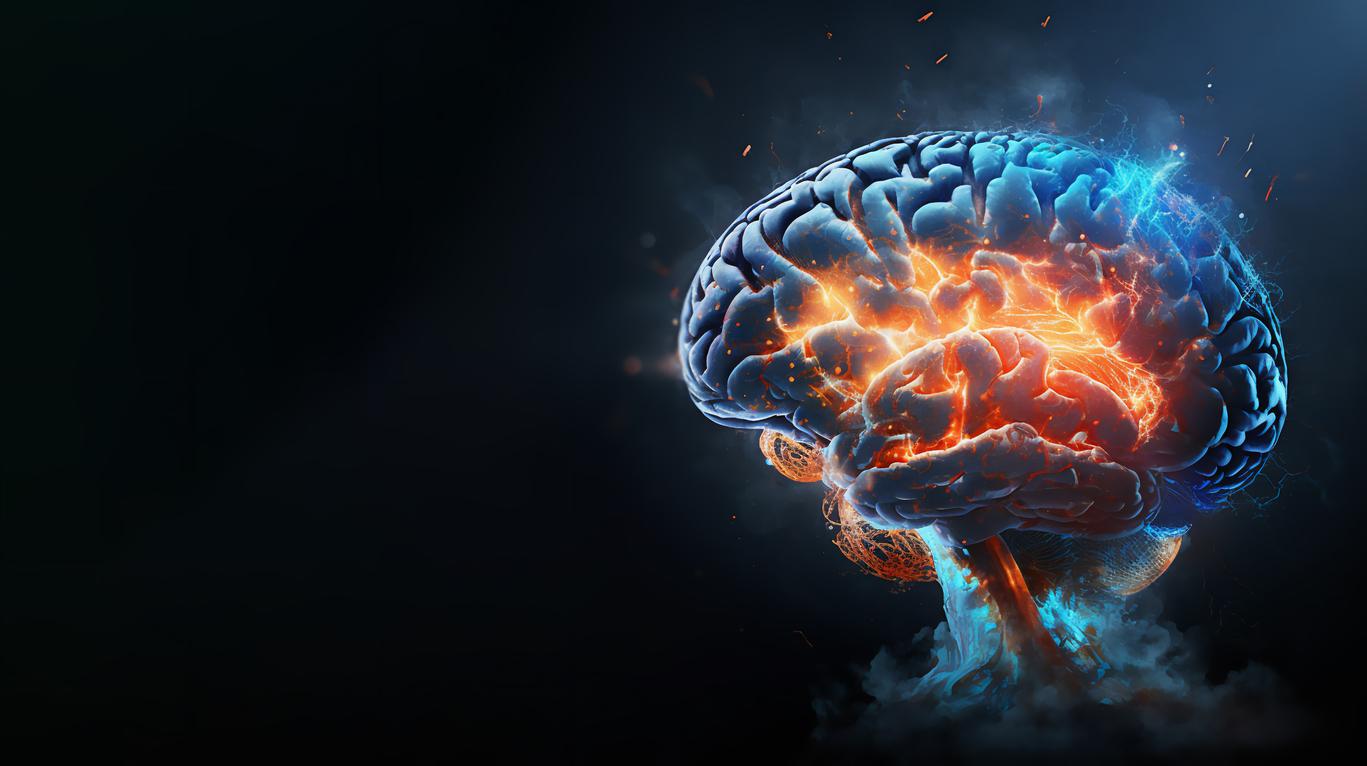According to a new study, spanking your child alters the functioning of his prefrontal cortex, which makes him more likely to suffer from anxiety or depression.

- Conducted on children aged 10 and 11 who have received spankings, the study shows that they have different brain patterns from those who have not received spankings.
- In particular, the researchers noted an overactivity in the planning center of the brain, the prefrontal cortex.
- These results show potential problems for children’s development, putting them at risk for behavioral disorders, anxiety and depression.
“A spanking never hurt anyone.” Formerly consecrated as an educational principle by many parents, this received idea is now challenged by advances in work on neuroscience. Spanking is seen less and less as a means of educating, but as ordinary educational violence (VEO), in the same way as corporal punishment.
A new study, conducted by Harvard researchers, and published in the journal Child Development, goes in this direction. According to its authors, spanking would affect the development of certain regions of the brain, and in particular those located in the prefrontal cortex (PFC), which is the center of decision, reflection and planning of the brain. The prefrontal cortex reacts to environmental cues that tend to be strong, such as a threat, and can affect decision-making and the processing of situations.
“We know that children whose families use corporal punishment are more likely to suffer from anxiety, depression, behavioral problems and other mental health problems, but many people don’t see spanking as a form of violent, says Katie A. McLaughlin, John L. Loeb Associate Professor of Social Sciences and principal investigator of the study. In this study, we wanted to examine whether there was an impact of spanking at a neurobiological level, in terms of brain development.”
Impaired functioning of the prefrontal cortex
To find out, the researchers analyzed data from a large study of children between the ages of three and eleven. They focused on 147 children aged around 10 and 11 who had been spanked, excluding children who had also experienced more severe forms of abuse.
Each child was asked to have an MRI while looking at a computer screen that displayed different images of actors making “fearful” and “neutral” faces. The CT scan recorded the child’s brain activity in response to each type of face, and these images were analyzed to determine whether the faces elicited different brain activity patterns in children who had been spanked and those who had been spanked. who had not received any.
“On average across the sample, scary faces elicited greater activation than neutral faces in many brain regions…and children who were spanked showed greater activation in multiple CPF regions for scary faces vs. neutral faces than children who have never been spanked”write the researchers, who note, however, that there was no “no brain regions where activation to fearful versus neutral faces differed between abused and spanked children”.
A form of abuse
For the authors of the study, these results show that even if spanking is not considered a form of violence by parents, “in terms of the reaction of the child’s brain, it is not so different abuse. It’s more a difference of degree than type.”
These results, consistent with previous spanking studies, show that “corporal punishment is a risk that can increase potential problems for children’s development”. “We hope that this finding can encourage families not to use this strategy, and that it can open people’s eyes to the potential negative consequences of corporal punishment in ways they hadn’t thought of before.
.
















